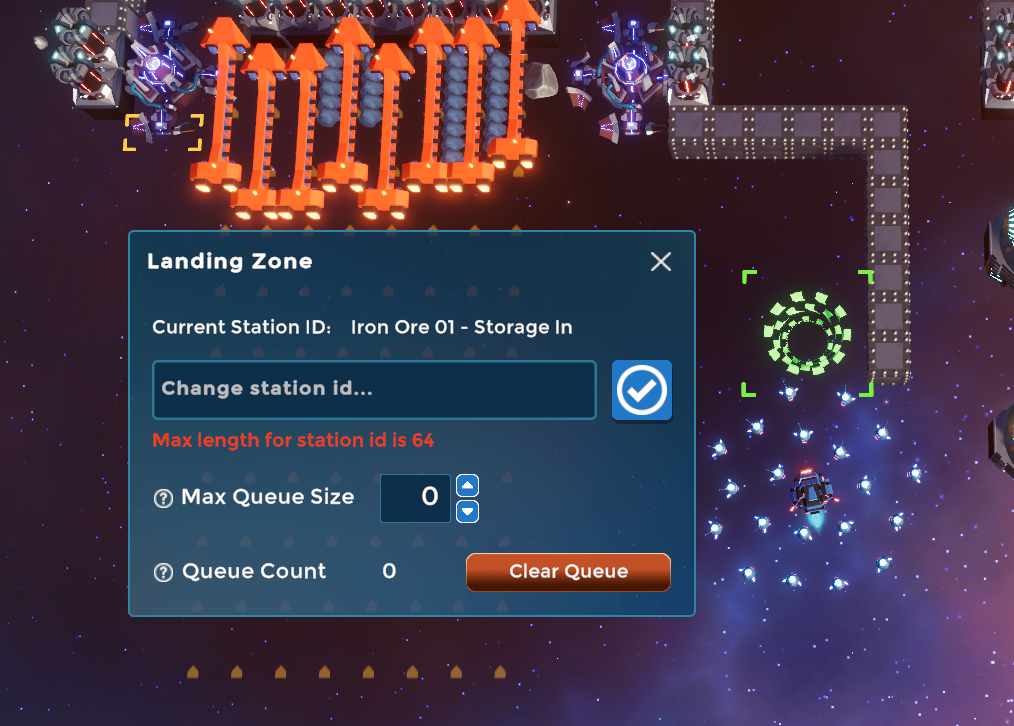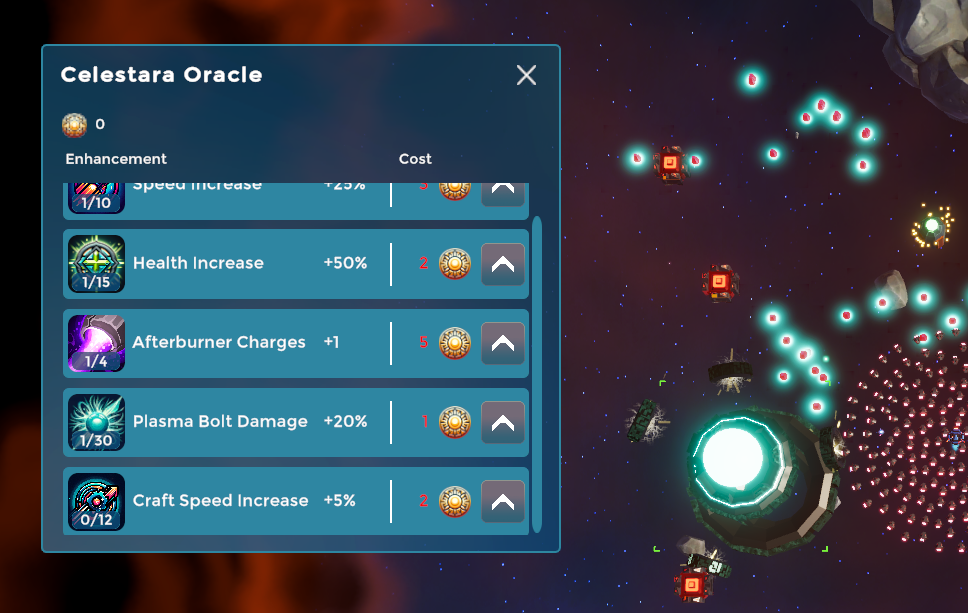
Feb 29, 2024
Path of Achra - Ulfsire
- Added Secutor, class, a mirror of the warrior except it gets random beneficial Effects on game turn, and heals based on effect stacks
- Added Jade Bracers, item, summon a Jade Soldier on game turn per separate effect on self
- Yu's Gift and 2nd prayer now only re-apply "self-applied" Effects - effects that were originally applied by yourself
- Yu's 3rd prayer back to dealing 5000 damage divided by speed, now in a path to the furthest enemy
- Emerald Armor now summons a serpent
- Wisp attack range raised to 3
- added "on game turn summon" to Gore Idol, Okokorpus, and Thunder Egg
- Okopods no longer stationary
- Saurian fire resist to 25, poison resist to 75 (this is the max, 90 was a typo)
- Aurora Chant should work correctly now





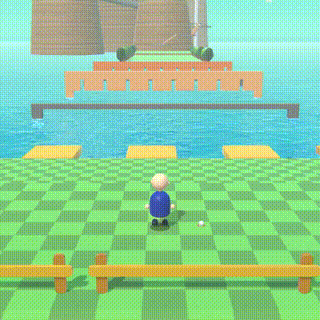










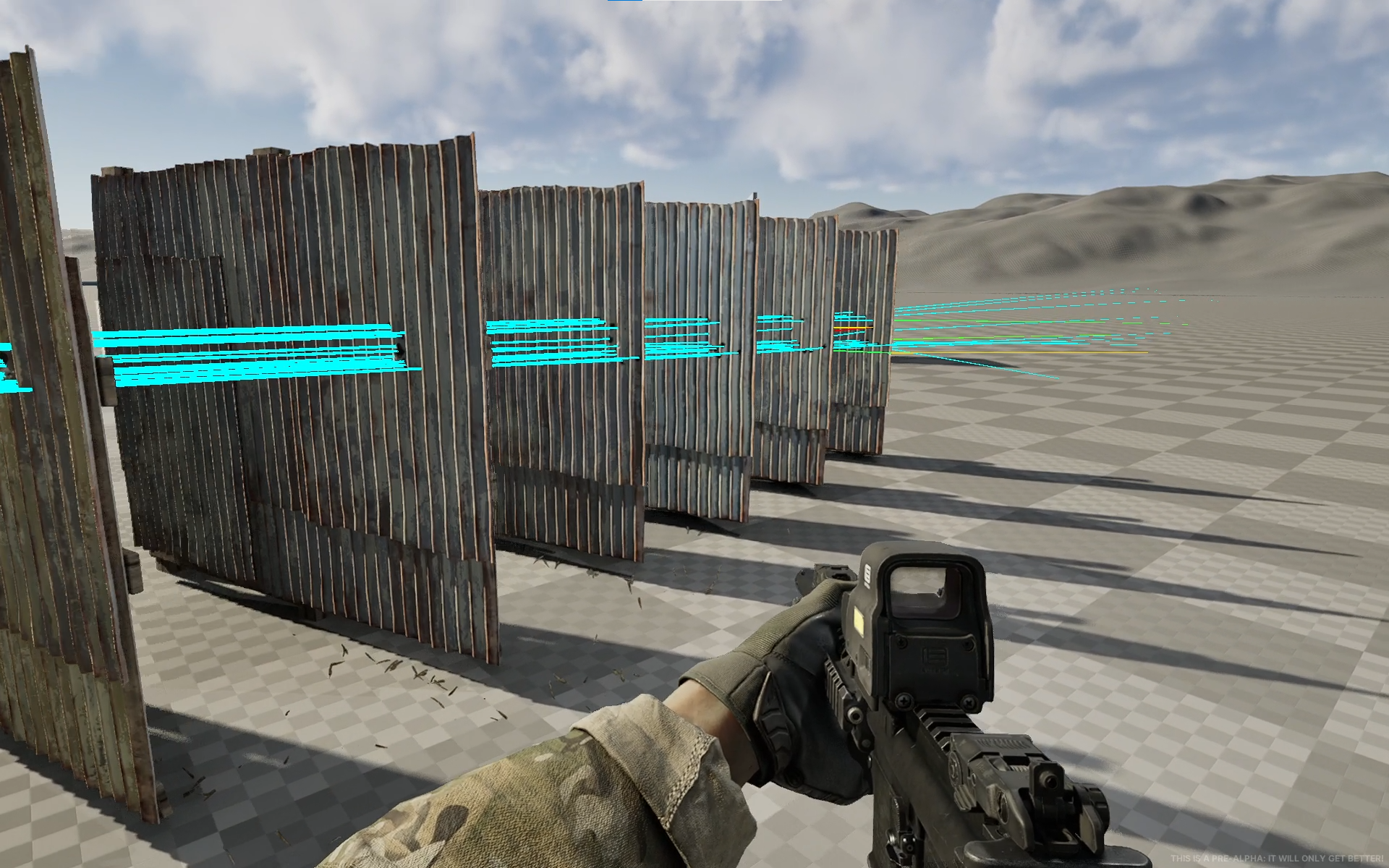
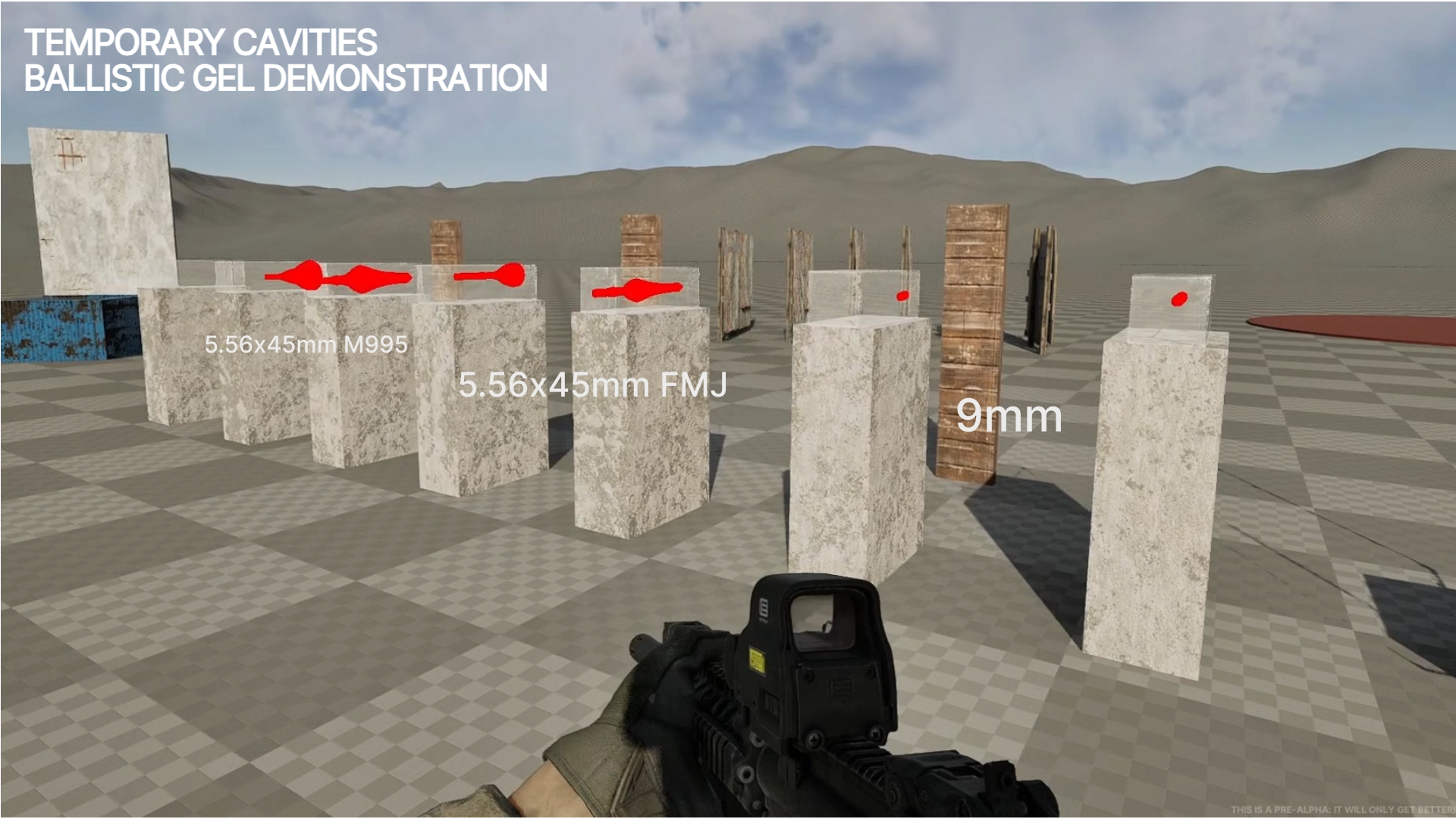
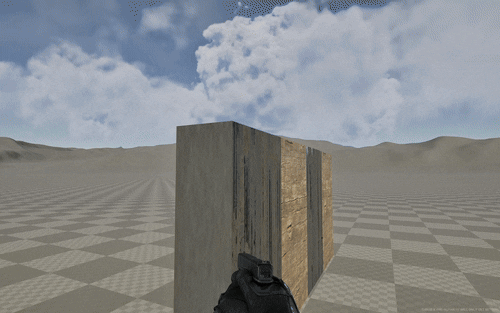
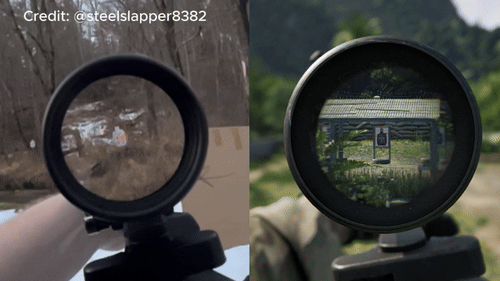
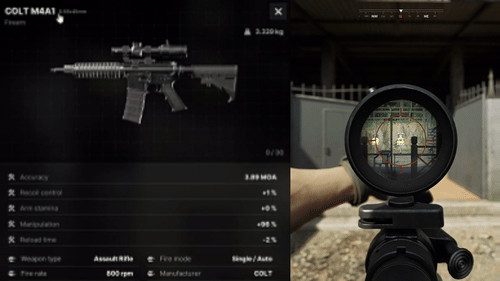
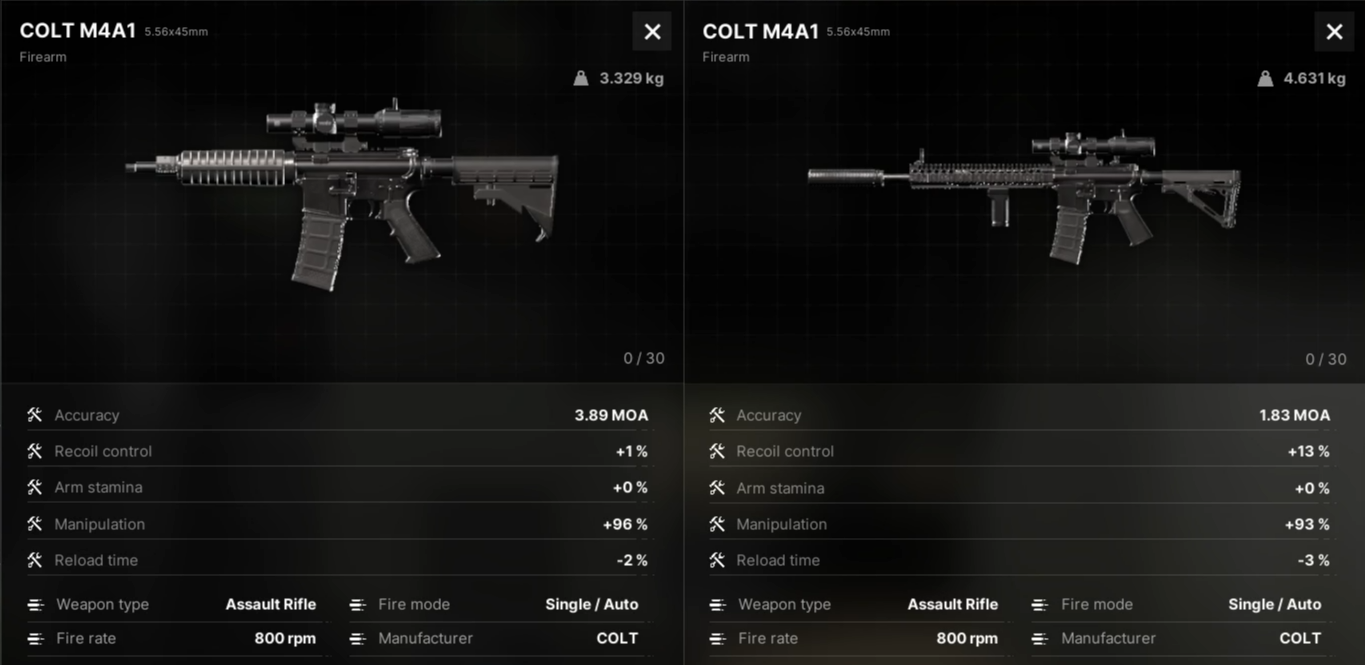
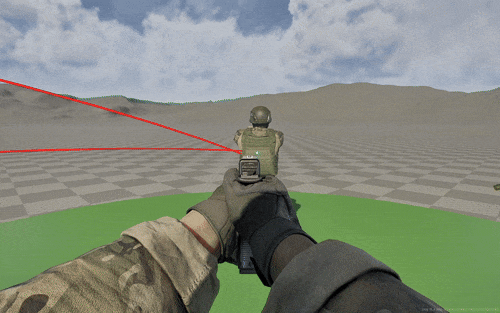


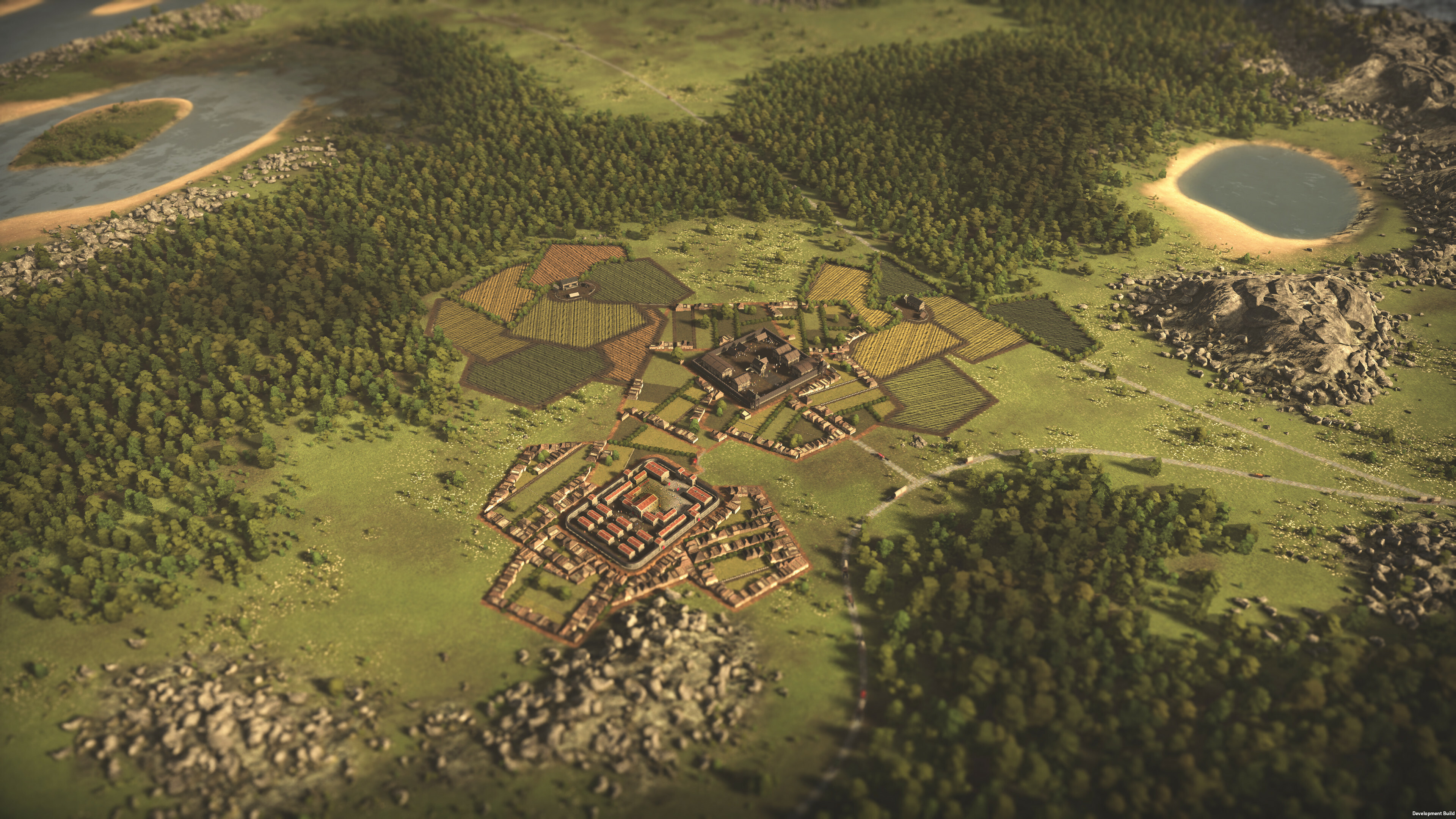 The fields are organised around the city.
The fields are organised around the city.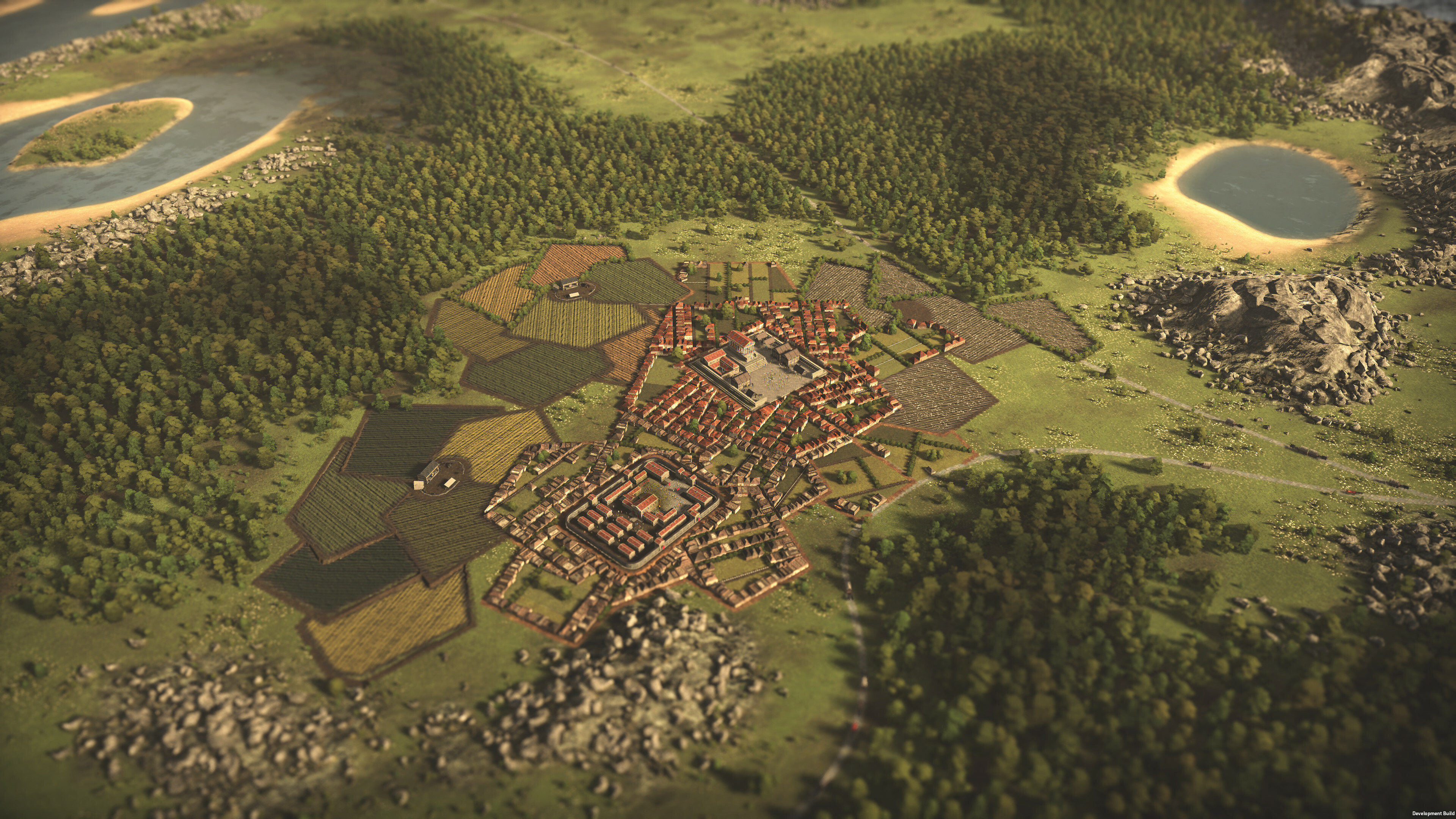 Once the farm is destroyed, the fields become wasteland.
Once the farm is destroyed, the fields become wasteland.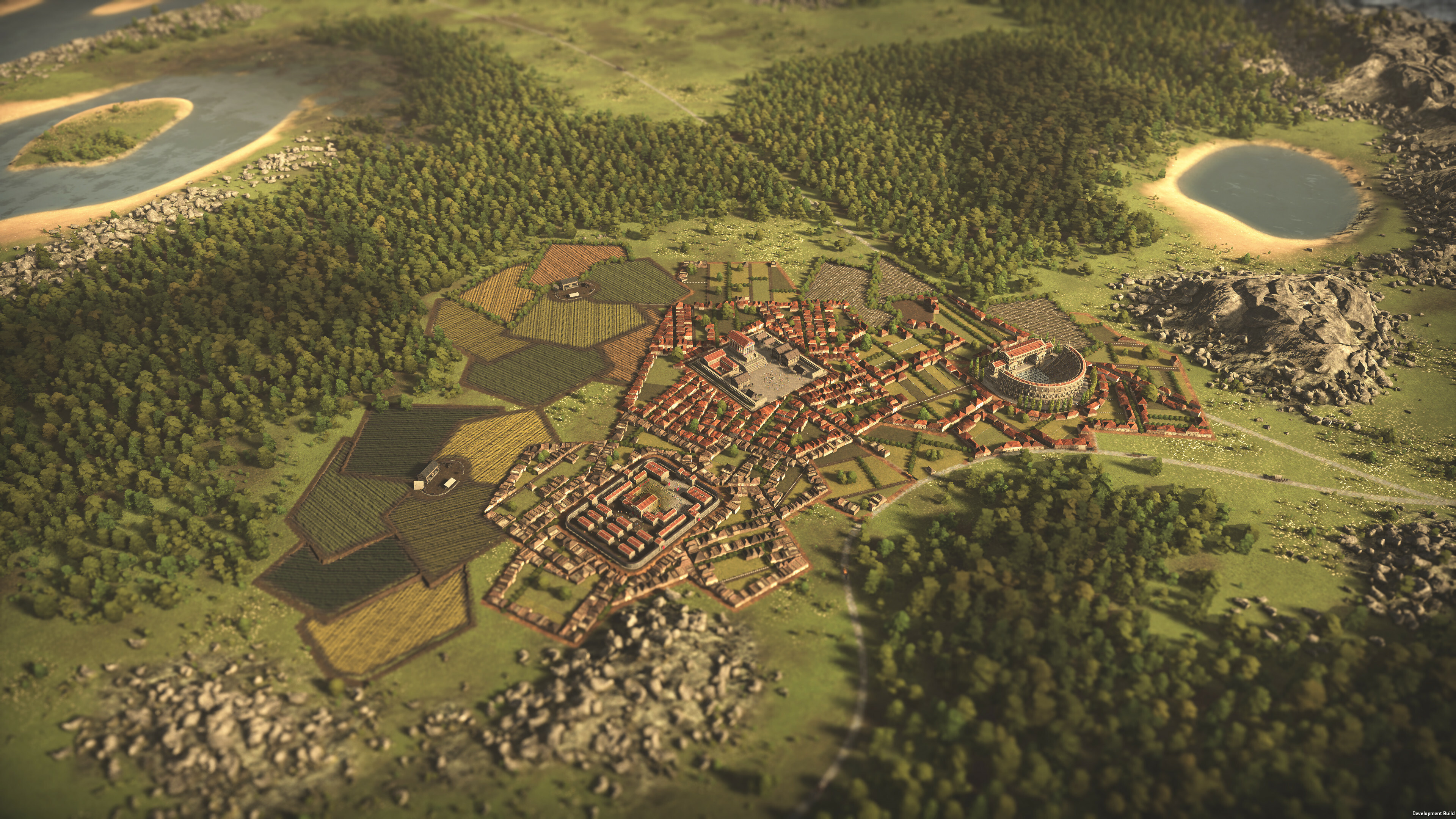 With new buildings, wasteland becomes housing land.
With new buildings, wasteland becomes housing land.


